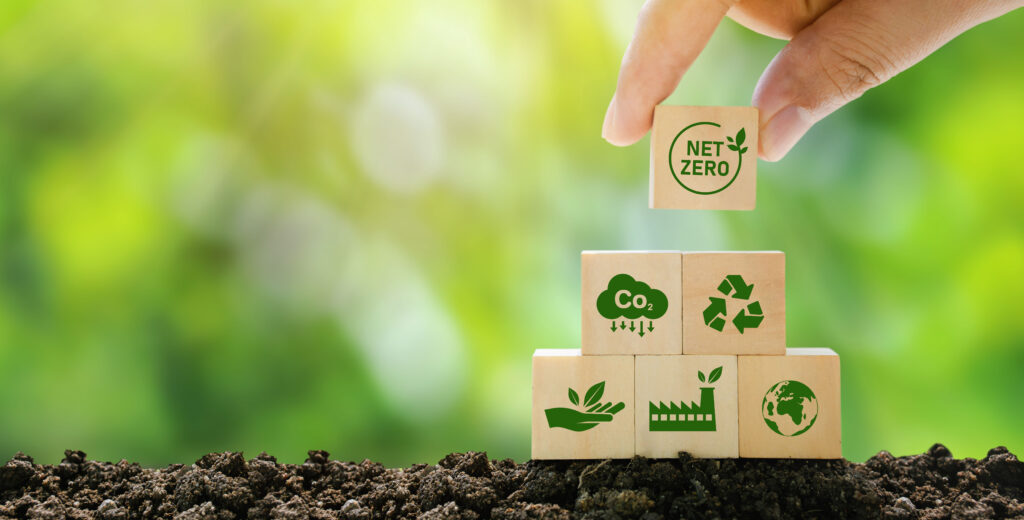A brief history of the voluntary carbon market
1997: creation of regulated markets as part of the Kyoto Protocol, such as the Clean Development Mechanism (article 12) & Joint Implementation (article 6) – formalization of an institutional framework
2005: development of voluntary carbon standards : the transposed Clean Development Mechanism operating model to sell carbon credits to companies not subject to GHG emission quotas.
Main purposes:
-Financing forest conservation projects REDD+ 2008
-Financing development projects in developing countries
-Development of carbon credit sales combined with sustainable development consulting
The reference standards & climate science
IPCC (2018):
-All GHG emissions are measured according to their Global Warming Potential: an index, based on the radiative properties of greenhouse gases, measuring the radiative forcing resulting from a pulsed emission of one unit mass of a given GHG in the current atmosphere, integrated over a chosen time horizon, compared with that of carbon dioxide (CO2).
-Contrary to pollutants that remain local, GHG emissions have a global impact, so an emission reduction/avoidance can be done anywhere on the planet to compensate others.
ISO norms:
-ISO IWA 42 (COP 27, 2022) – Net Zero Guidelines : lead organizations towards achieving net-zero greenhouse gas emissions by 2050 through guidance principles and recommendations. Check out here fore more information : https://www.iso.org/netzero
-ISO 14068 (2023) : help organizations building a management plan to carbon neutrality ; quantification, reduction, offsetting and reporting.
